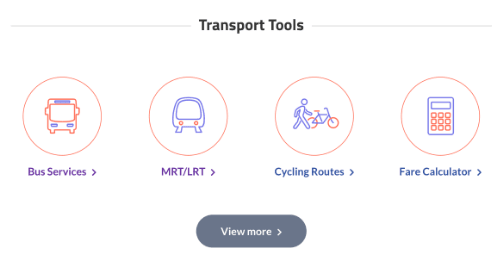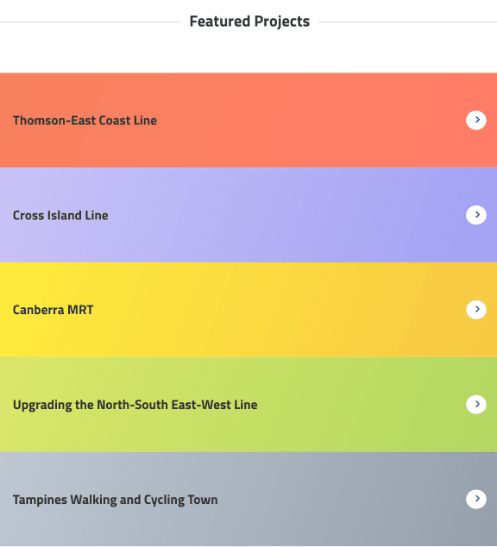Can you make your way around a train station with your eyes closed? Probably not.
Imagine what it is like for our friends who are visually impaired, with the throngs of commuters and mix of sounds in the stations.
This is where the tactile guiding system comes in handy. Like signposts on footpaths, these detectable warning surfaces were adopted in Singapore and on transport nodes to help smoothen commuters’ journey. Acting as physical cues, detectable by foot or a white cane so those who need them can move around independently. The tactile guiding system leads the way to essential services in the station such as the Passenger Service Centre and the platform screen door designated for priority boarding.
Travelling with ease for everyone
Accessibility is the key in providing an inclusive public transport system to commuters with special needs. Some of our first accessible features like ramps and lifts were catered to wheelchair users, but soon expanded to include users with other special needs through regular engagements with groups such as the Singapore Association of the Visually Handicapped (SAVH).
But did you know that we started incorporating the tactile guiding system and braille – another aid for the visually-impaired – when building our train stations almost two decades ago? They were included in the Building and Construction Authority’s (BCA) revised Code on Barrier-Free Accessibility in Buildings in 2002.





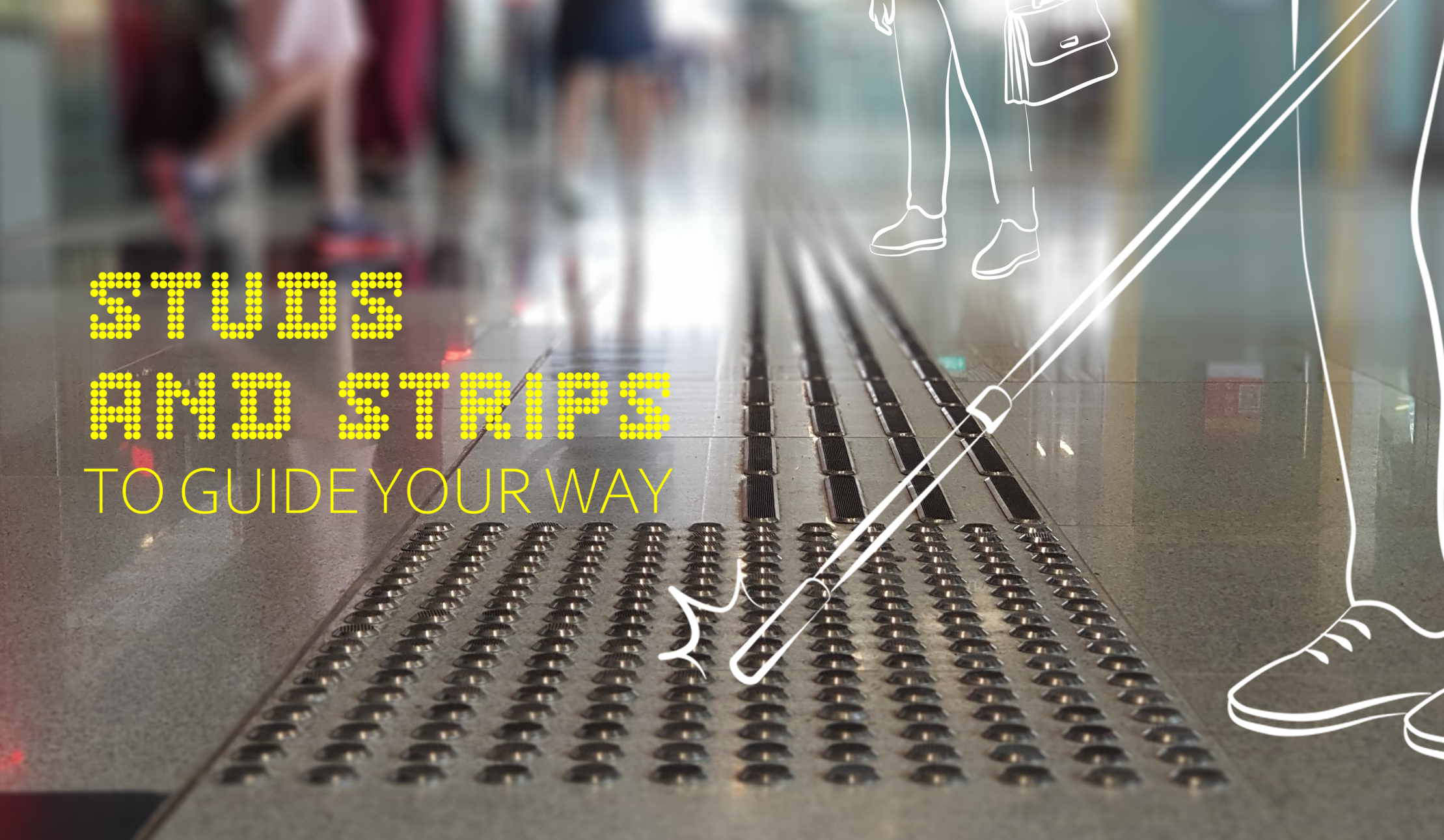
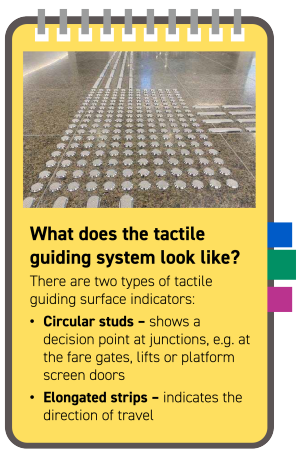
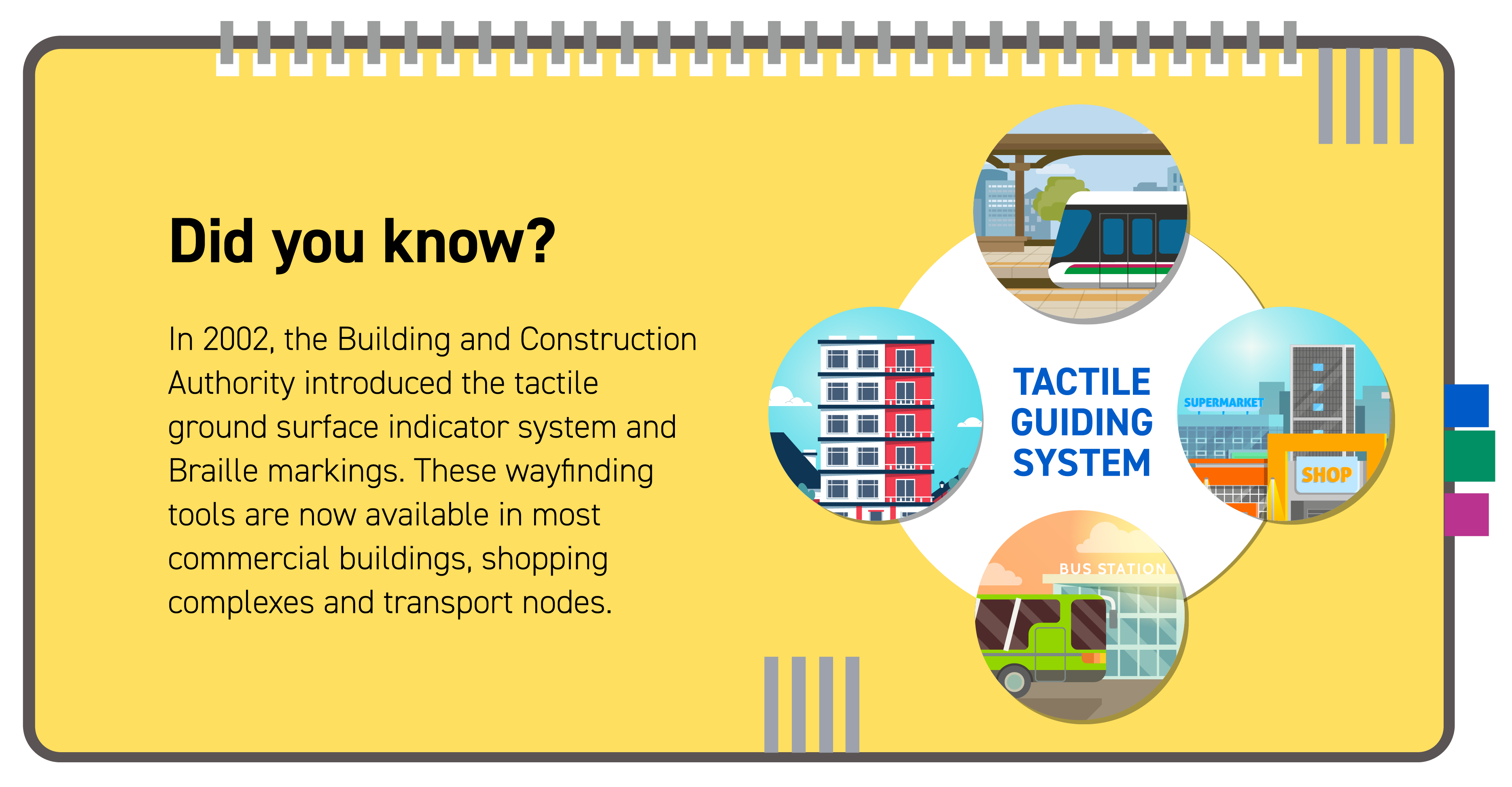
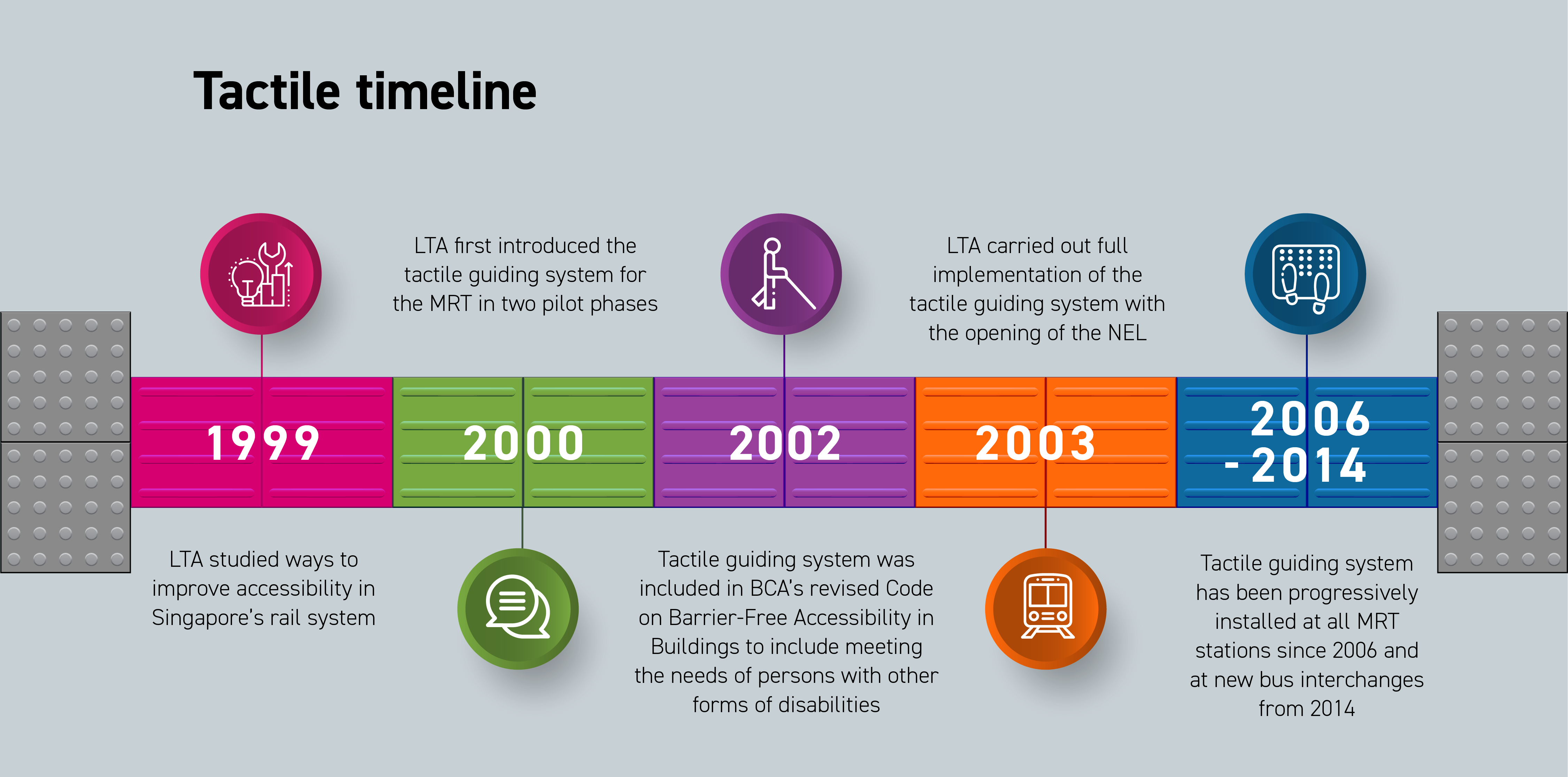
 Singapore's Road EMAS-gency Experts
Singapore's Road EMAS-gency Experts
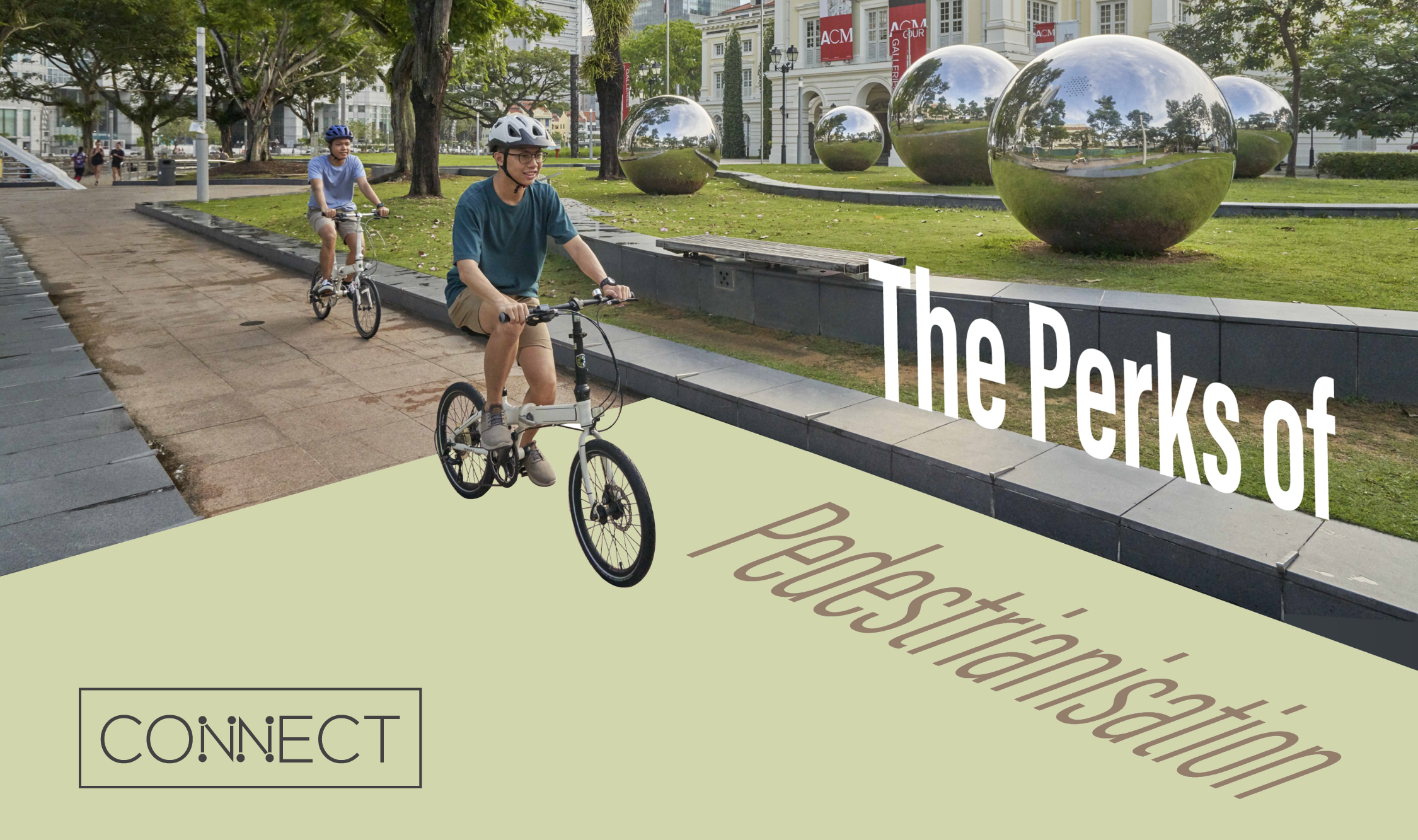 The Perks of Pedestrianisation
The Perks of Pedestrianisation
 Nifty Wayfinding
Nifty Wayfinding
 Take a brake! Explore these eight hidden gems on your bike
Take a brake! Explore these eight hidden gems on your bike
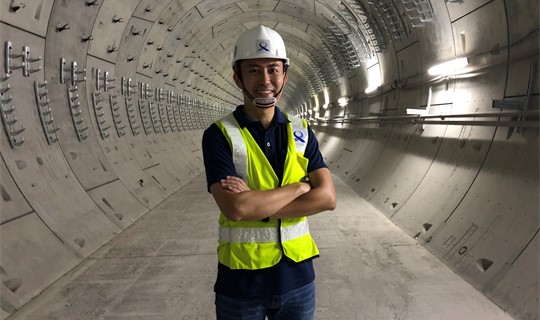 Excuse me, are you a boring engineer?
Excuse me, are you a boring engineer?
 Introducing Singapore’s Longest Transit Priority Corridor
Introducing Singapore’s Longest Transit Priority Corridor
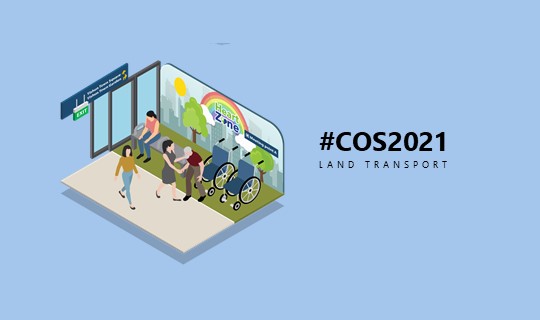 COS 2021: A Safer and More Inclusive Public Transport for All
COS 2021: A Safer and More Inclusive Public Transport for All
 A new milestone for the JB-Singapore RTS Link Project
A new milestone for the JB-Singapore RTS Link Project








